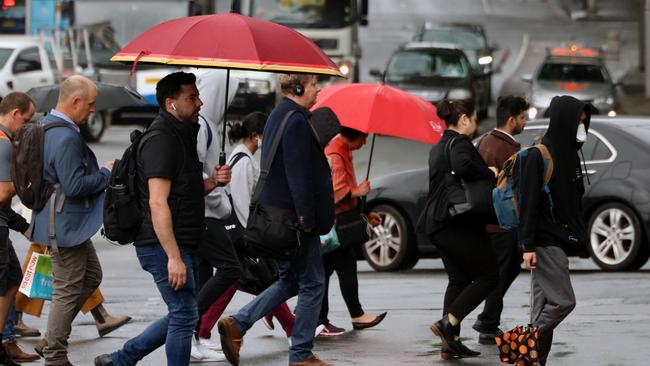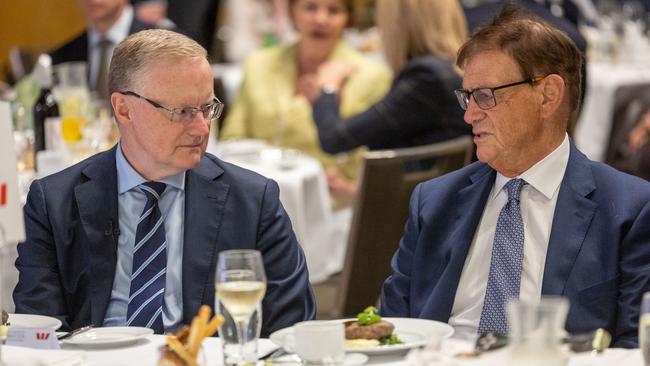RBA’s inflation battle risks erasing historic job gains
The Reserve Bank’s increasingly urgent battle to bring inflation could come at the expense of hundreds of thousands of jobs over the coming two years, leading economists say.

The Reserve Bank’s increasingly urgent battle to regain control of inflation could send unemployment as high as 5.5 per cent and risks erasing all the historic labour market gains achieved during the pandemic, leading economists say.
If borne out, the dire forecast from Westpac chief economist Bill Evans suggests hundreds of thousands more Australians would be without jobs by mid-2025 than if unemployment stayed at its current near-50-year low of 3.6 per cent.
Days after RBA deputy governor Michele Bullock sparked outrage among union officials by saying the jobless rate would need to climb to 4.5 per cent, Mr Evans said the central bank had shifted its focus towards “urgently” squashing consumer price growth even if it came at a greater cost to jobs.
“For the past year we have been hearing that the RBA are targeting inflation but trying to retain the labour market benefits from the pandemic. And yet during the week the deputy governor said ‘we’re uncomfortable with an unemployment rate below 4.5 per cent’,” he said.
“Targeting a 1 per cent increase in the unemployment rate has a different tone to aiming to preserve the post-pandemic employment gains as far as possible.”
Following a dozen rapid-fire rate rises that have taken the RBA’s cash rate from 0.1 per cent to 4.1 per cent, Mr Evans said he expected increases in each of the upcoming two meetings, taking the rate to 4.6 per cent by August.
After former ACTU secretary Bill Kelty said it was impossible to know what level of employment was optimal for the economy and price stability, and that it was a nonsense to believe otherwise, Mr Evans said the huge gap between the demand and supply for labour would require a more jarring jobs market correction.

The RBA’s latest forecasts show unemployment climbing to 4.2 per cent by June 2024, and then to 4.5 per cent by mid-2025.
Mr Evans, however, predicted a much sharper economic slowdown that would send the jobless rate to 4.6 per cent in a year’s time, and then to 5.5 per cent by the middle of 2025. ANZ head of Australian economics Adam Boyton agreed that the central bank’s 4.5 per cent forecast “suggests the RBA may feel comfortable with the unemployment rate rising substantially”.
ANZ expects the unemployment rate will reach 5 per cent by December 2024 – a similar level to that seen before the start of the pandemic.
Jim Chalmers this week boasted that 465,000 jobs were created in the first year of the Albanese government – a record start for any new government.
That achievement is now at risk for the balance of Labor’s term in office as the RBA doubles down in its battle to ensure that soaring prices do not become entrenched.

Based on the growth in the labour force over the past year and a steady participation rate, a 5.5 per cent jobless rate suggests 290,000 more unemployed Australians by mid-2025 than if the unemployment had stayed at the current 3.6 per cent.
Despite soaring mortgage costs and broader cost-of-living pressures that have crushed household spending growth and sent consumer confidence to recessionary levels, the labour market has yet to show any serious signs of softening.
A booming month of employment growth last month pushed the unemployment rate down to lower than it was when the RBA began its rate hikes in May last year. Employers anecdotally are beginning to reconsider their hiring plans, but skill shortages remain a pressing issue for many businesses.
After peaking at over 480,000 in May last year, the number of job vacancies had dropped to under 440,000 by February – but there are still almost twice as many employment opportunities as before the pandemic.








To join the conversation, please log in. Don't have an account? Register
Join the conversation, you are commenting as Logout